Gas chromatography (GC) procedure. GC is used to separate mixtures of volatile compounds. The stationary phase consists of uniform size solid particles, either packed in a long narrow tube or coated on the inside surface of the tube. A very small quantity (0.5 to 20 L) of the mixture to be separated is injected into a flash vaporiser port at the head of the chromatographic column, which is heated in an oven. The temperature of the vaporiser port is usually about 50 degrees Celsius higher than the boiling point of the least volatile component of the mixture. Movement of the vaporised mixture through the column is brought about by the flow of the mobile phase, called the carrier gas, in this case nitrogen. Qualitative identification of the components can be achieved by comparing their retention time values with those of known compounds. Retention time is the time it takes for a component to reach the detector after injection into the column. Quantitative analysis of the mixture is based on a comparison of either peak heights or peak areas for the components, with those of standards that have been passed through the column.
Details
WebID:
C01787447
Clip Type:
RM
Super High Res Size:
1920X1080
Duration:
00:00:42.000
Format:
QuickTime
Bit Rate:
25 fps
Available:
download
Comp:
200X112 (0.00 M)
Model Release:
NO
Property Release
No


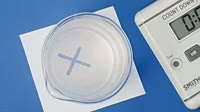

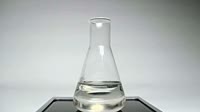

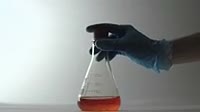
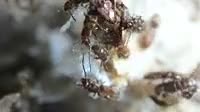


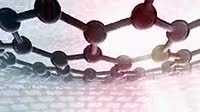

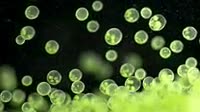
 Loading
Loading